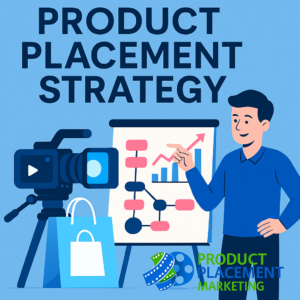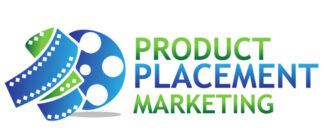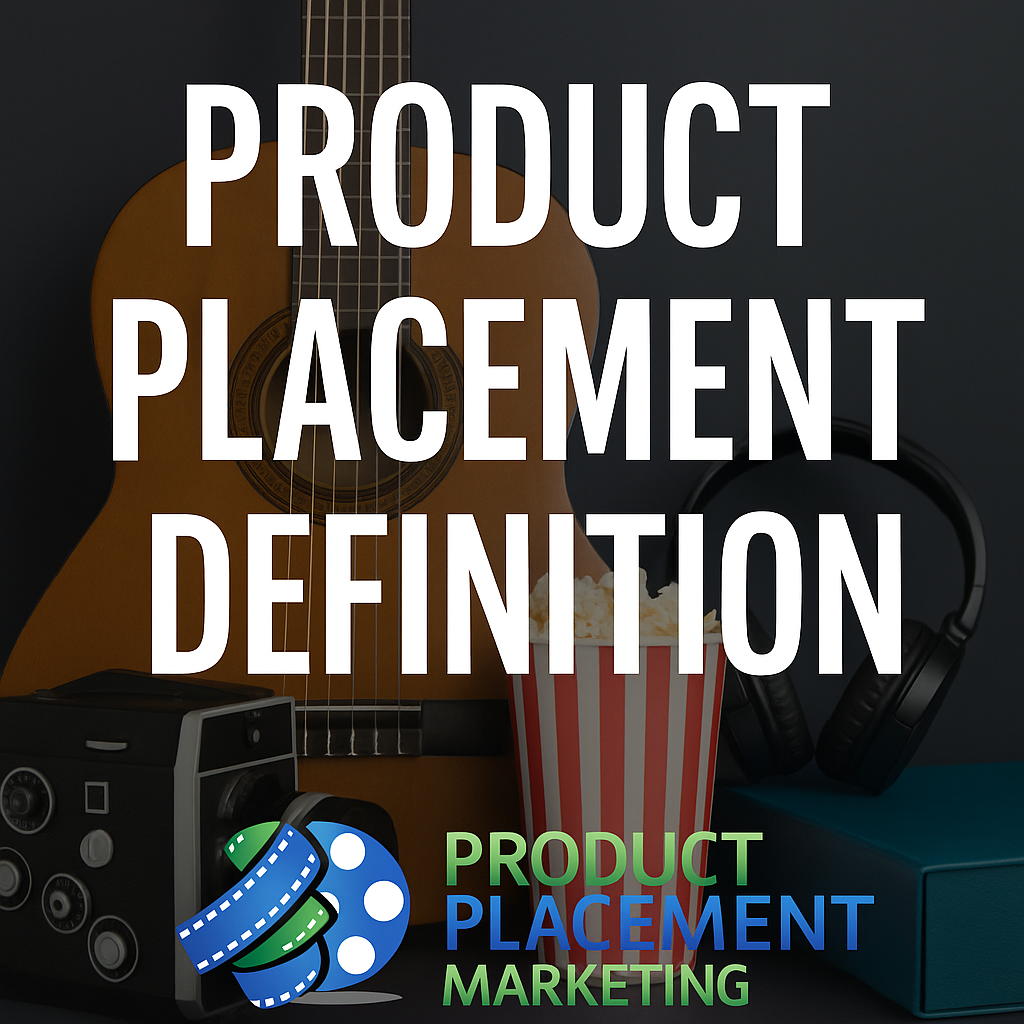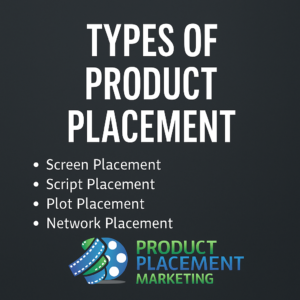Understanding the product placement definition is essential for any brand or creator navigating today’s media landscape. As traditional advertising loses impact, product placement has emerged as a smarter, more effective way to connect with audiences—without interrupting the content they love. From blockbuster films to YouTube videos and chart-topping music, this strategy weaves branded products directly into the story, creating organic visibility and lasting impressions. In this guide, we’ll break down exactly what product placement means, how it works, and why it’s quickly becoming a core pillar of modern brand strategy.
Table of Contents
What Is Product Placement?
According to Merriam-Webster, product placement is:
“The inclusion of a product in a television program or film as a form of paid advertisement.”
But in today’s media landscape, it’s much broader. Product placement (also called embedded marketing) refers to the intentional inclusion of branded goods or services within media content—whether that’s a film, music video, podcast, video game, or YouTube series.
Unlike traditional advertising, product placement aligns with the narrative. It’s subtle, contextually relevant, and often more persuasive because it doesn’t interrupt the viewing experience.

Why Is Product Placement Important in 2025?
We are now living in a post-advertising era. Viewers are tuning out commercials, skipping YouTube pre-rolls, and paying premiums for ad-free content. Brands are increasingly realizing that storytelling, not static promotion, is the future.
In 2024, U.S. brands spent over $33 billion on product placement—a number expected to rise. According to the Brand Shop, “68% of consumers say that brand stories influence their purchasing decisions” and this can be done with a strategic product placement.
When done well, product placement:
Bypasses ad fatigue
Builds brand trust
Extends brand visibility across platforms and time
Enhances credibility by association with culture, not just commerce
Types of Product Placement
Visual Placement
The product is visible in the scene. It might be a phone, a laptop, a car, or a bottle on a kitchen counter.
Example: Apple devices in Ted Lasso.
Verbal Placement
A character directly mentions the product or brand name.
Example: Iron Man says, “I want an American cheeseburger—make it Burger King.”
Plot Integration
The product becomes essential to the storyline itself.
Example: FedEx in Cast Away. It wasn’t just visible; it was the narrative framework.
Digital/CGI Placement
Post-production technology places a brand into existing content or overlays it dynamically (used in sports broadcasts and streaming).
Is Product Placement Always Paid?
Not necessarily. While many placements involve direct payment, some are offered in-kind (product donations) or structured through co-marketing deals. In indie films or smaller productions, brands might offer gear, props, or services in exchange for visibility.
What matters is relevance and authenticity. Whether paid or not, if the brand feels forced or out of place, it won’t work.
Pros and Cons of Product Placement
Benefits
Trust: Viewers trust placements more than traditional ads.
Longevity: Media content can last years—placements keep delivering.
Multiplatform: One placement reaches audiences across streaming, social, and syndication.
Cost-effective: Especially for brands targeting niche demographics.
Drawbacks
Risk of overexposure: Badly placed products feel intrusive.
ROI tracking: Without tools or UTM codes, it’s hard to measure effectiveness.
Creative tension: Storytellers and marketers must work together to balance art and commerce.
Building an Effective Product Placement Strategy

Step 1: Understand Your Audience
What are they watching? Listening to? Where are they already engaged emotionally? Target media properties that already serve your desired demo.
Step 2: Select the Right Medium
Film? Podcasts? Short-form social video? Choose a format that fits your audience and your brand tone.
Step 3: Craft a Strategic Pitch
If you’re a content creator, approach brands with a clear value proposition. Include data on audience reach, demographics, and a clear narrative idea.

Step 4: Track Performance
Use UTM links, coupon codes, or affiliate platforms to monitor ROI. Measure not just impressions—but actions taken.
Real-World Success Stories
Stranger Things + Eggo
Sales of Eggo Waffles soared over 14% after being prominently featured in Netflix’s hit show.
E.T. + Reese’s Pieces
Originally pitched to M&M’s (they declined), Reese’s Pieces sales increased over 65% after being featured as E.T.’s candy of choice.
James Bond + Omega Watches
This decades-long placement has elevated Omega’s brand globally and continues to influence high-end watch buyers.
Key Differences: Sponsorship vs. Product Placement
Sponsorship is transactional—“we pay, you promote.”
Product placement is immersive—the product becomes part of the story.
Sponsorship is overt. Product placement is subtle. Both are valid, but placement builds deeper, subconscious brand affinity.
Can Small Creators Use Product Placement?
Absolutely. Today’s creator economy levels the playing field. With niche audiences, strong storytelling, and measurable engagement, even small YouTubers or podcasters can offer high-value placements.
Platforms like Product Placement Marketing connect creators and advertisers of all sizes.
Product Placement Is the Future of Brand Strategy
As audiences increasingly reject interruption and embrace integration, brands must learn to tell stories—not just buy space. That’s what product placement delivers. It’s advertising for the Netflix era. Subtle. Strategic. Scalable.
If you’re a brand, a content creator, or a media professional, product placement isn’t a novelty anymore. It’s a necessity.
Take the Next Step

Learn how to pitch, close, and scale brand placement deals.

Plan your campaign with confidence.
Need help crafting your brand placement campaign? Reach out to productplacementmarketing@gmail.com for support.


